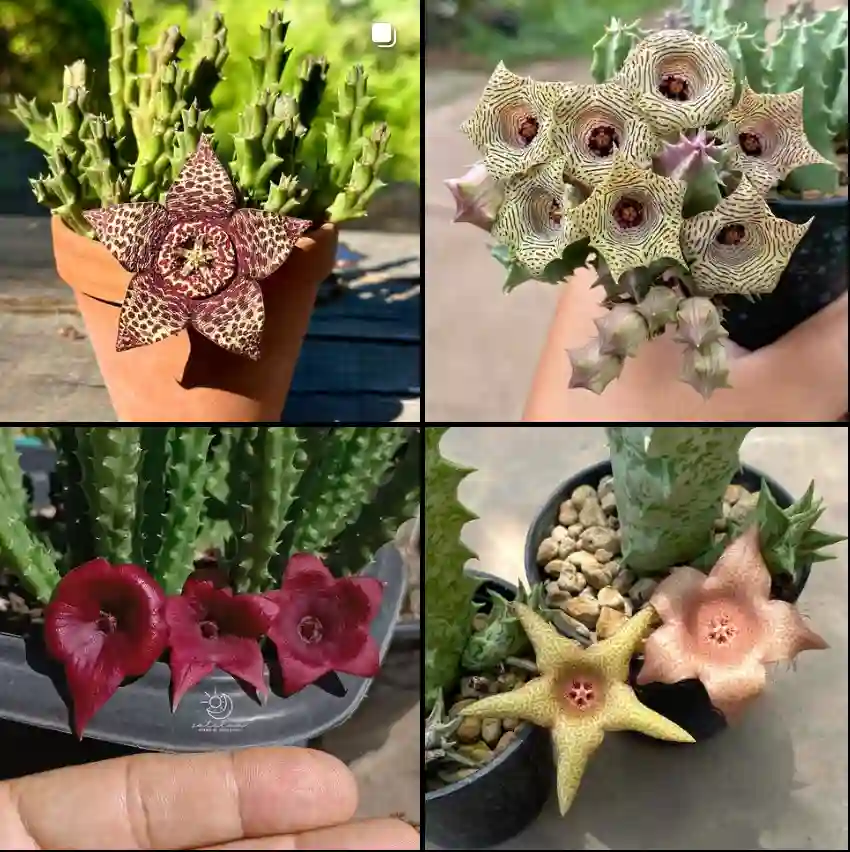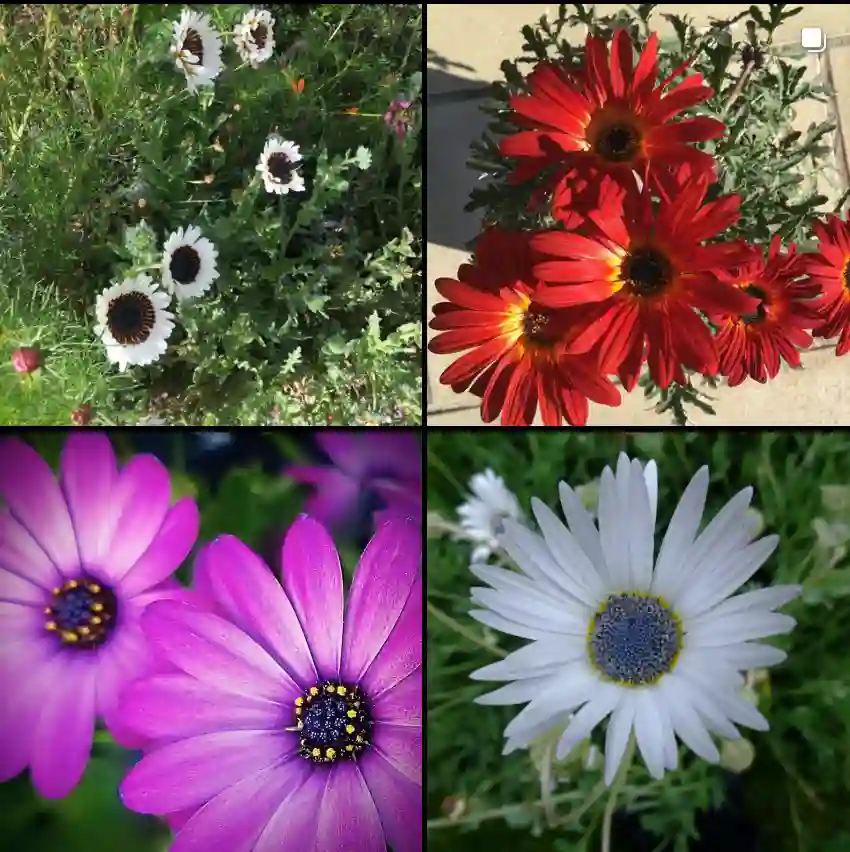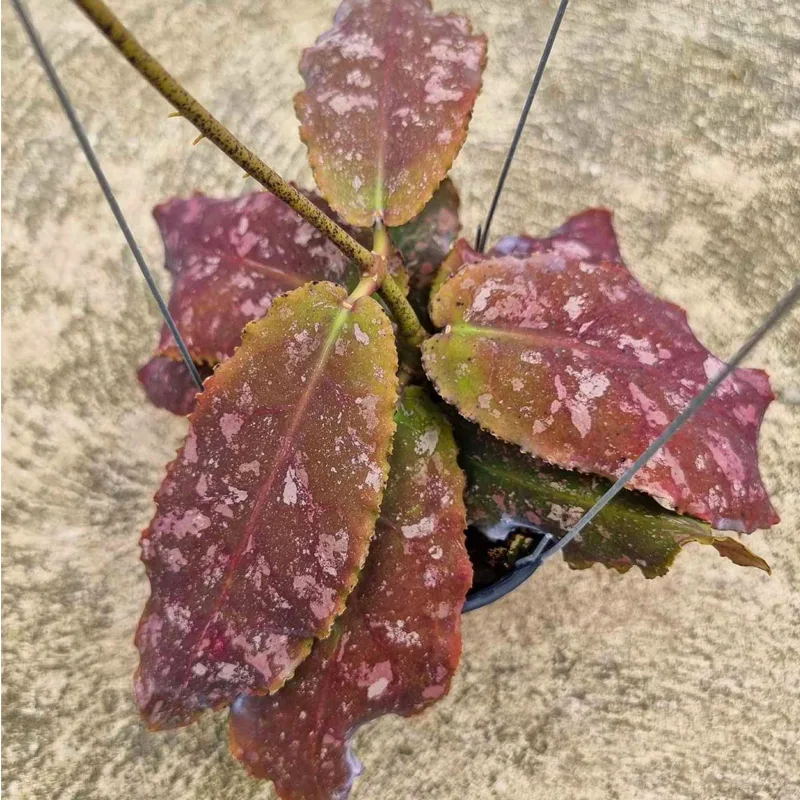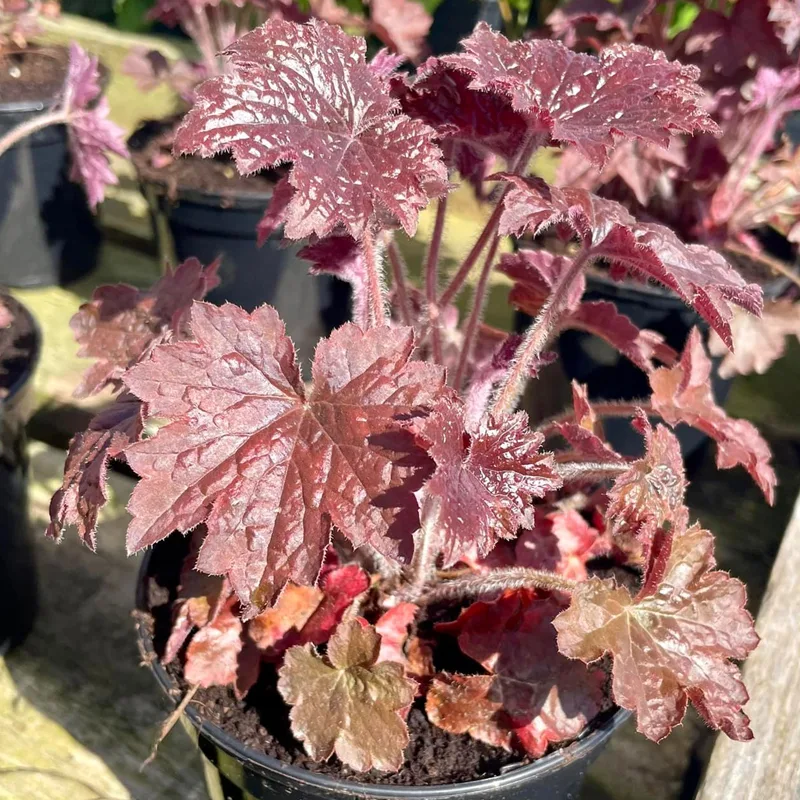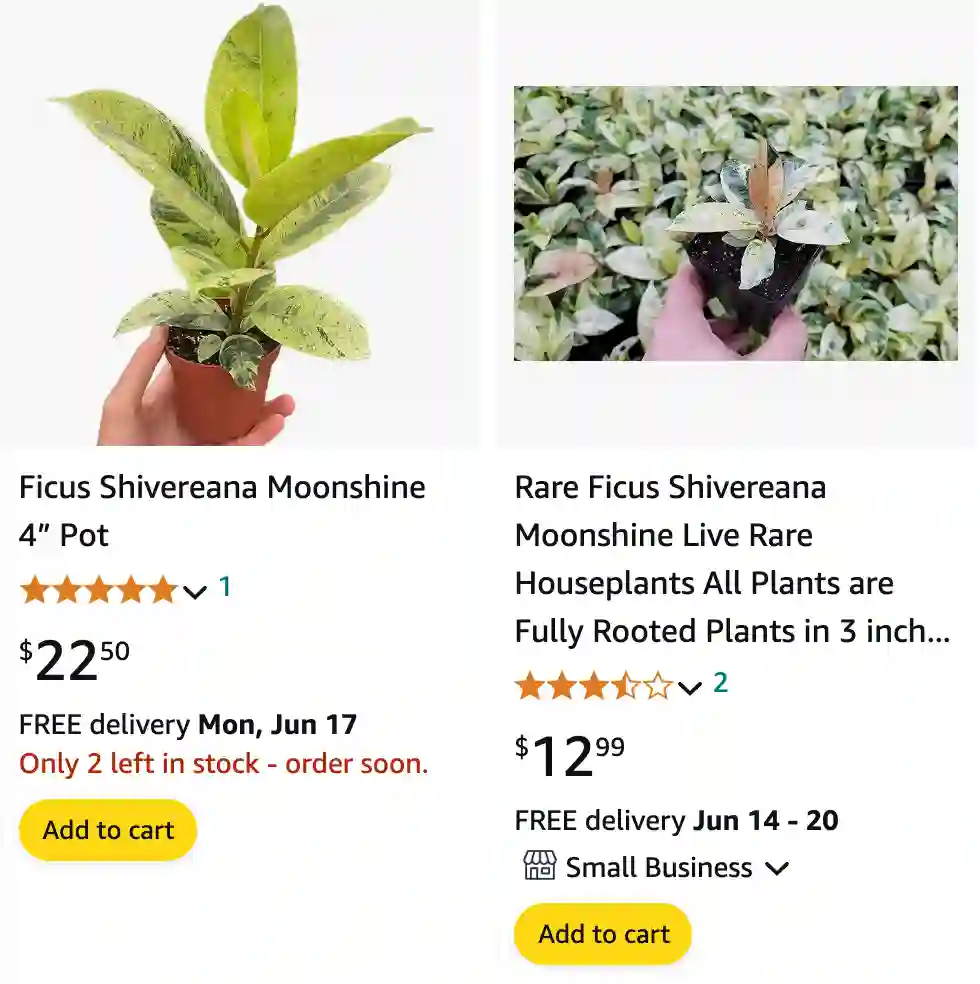
Ficus Shivereana Moonshine: Your Guide to the Rare Variegated Beauty
Hi, Ferb Vu here! Today, we’re diving into the world of the Ficus Shivereana Moonshine, a stunning and uncommon member of the Ficus family. This beauty boasts captivatingly variegated foliage, making it a coveted addition to any plant collection.
Whether you’re a seasoned plant enthusiast or a curious newbie, this guide will equip you with the knowledge to care for your Moonshine and help it thrive.
880 Species in Genus Ficus
What is a Ficus Shivereana Moonshine?
The Ficus Shivereana Moonshine is a hybrid rubber plant, a cross between the Ficus elastica and another Ficus species (exact origin remains debated). It’s known for its vibrantly variegated leaves. Unlike its cousin, the common rubber plant (Ficus elastica), the Moonshine features a mesmerizing mix of light and dark green hues, often splashed with yellows and whites, creating a stunning mottled effect. No two leaves are quite alike, adding to its unique charm.
Rarity Alert: Compared to the ubiquitous rubber plant, the Ficus Shivereana Moonshine is a rarer find. This exclusivity contributes to its appeal among plant collectors.
Moonshine vs. Rubber Plant: A Tale of Two Ficuses
While both belong to the Ficus genus, the Moonshine and the common rubber plant have distinct characteristics:
- Foliage: The Moonshine’s claim to fame is its variegated leaves, a beautiful departure from the rubber plant’s solid green.
- Growth Habit: Both plants can grow tall, but the Moonshine might require more support due to its variegated foliage, which can be less structurally sound than solid green leaves.
- Light Needs: Both prefer bright, indirect light. However, the Moonshine might tolerate lower light levels slightly better due to its variegated leaves, which can capture more light.
Choosing Between Them: If you prioritize unique foliage, the Moonshine is the clear winner. If you prefer a low-maintenance option, the rubber plant might be a better fit.
How to care for Ficus Shivereana Moonshine?
Now that you’re smitten with the Moonshine, here’s how to care for it:
- Light: Provide bright, indirect light. Avoid harsh, direct sun, which can scorch the leaves.
- Watering: Water deeply when the top inch of soil dries out. Avoid soggy soil, which can lead to root rot.
- Soil: Use well-draining potting mix. A mixture of potting soil, perlite, and orchid bark can provide good drainage and aeration.
- Fertilizer: Feed your Moonshine a balanced houseplant fertilizer monthly during the growing season (spring and summer).
- Humidity: While not strictly necessary, moderate humidity levels can benefit your Moonshine. Consider using a humidifier or grouping it with other plants to increase ambient humidity.
Bonus Tip: Regularly rotate your Moonshine to ensure even growth and prevent it from leaning towards the light source.
Common Ficus Shivereana Moonshine Questions
Here, I’ll address some frequently asked questions about this captivating plant:
- Is the Ficus Shivereana Moonshine toxic? Yes, like most Ficuses, the Moonshine contains a sap that can be mildly irritating to humans and pets if ingested. Keep it out of reach of children and animals.
- Why are my Moonshine leaves losing their variegation? This can happen due to insufficient light. Ensure your plant receives enough bright, indirect light to maintain its vibrant variegation.
- Can I propagate my Ficus Shivereana Moonshine? Yes! You can propagate it through stem cuttings. Take a healthy stem section with a few nodes and follow proper propagation techniques.
Remember: Patience is key with propagation.
Conclusion: Embrace the Moonshine Magic
The Ficus Shivereana Moonshine is a captivating plant with unique foliage and a touch of rarity. With proper care and attention, you can cultivate this beauty and enjoy its vibrant presence in your home. So, embrace the Moonshine magic and add a touch of the extraordinary to your plant collection!
If i die, water my plants!
